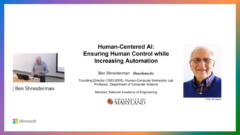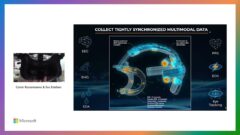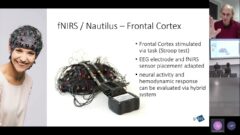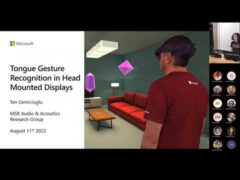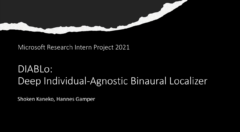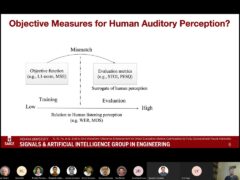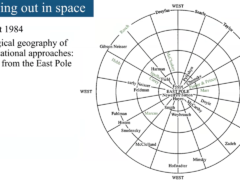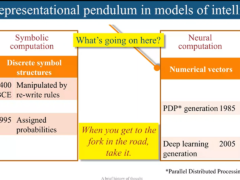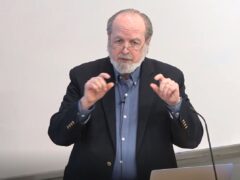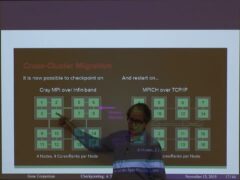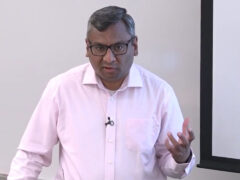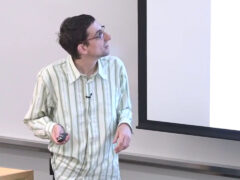Spatial Audio and its Applications
- Ivan Tashev | Microsoft
The realism in rendering audio improved substantially with introducing the stereo (2.0) and surround sound (5.1 and 7.1). Still, until the recently announced Dolby Atmos (7.4.1), the audio world in the consumer space remained flat, because all loudspeakers are placed in one plane. The need for more realistic audio is driven by the gaming industry and by the recently announced devices for augmented and virtual reality. In most of the cases these devices come in the form of head mounted displays. Integral part of these devices are several audio subsystems: spatial audio rendering, capture of the user’s voice and capturing the environmental audio. In this talk we will discuss the technologies behind capturing, representation, and rendering of 3D audio: spherical microphone arrays, intelligent headsets, head-related-transfer-functions and their personalization. During the break some of these technologies will be demonstrated.
-
-
Casey Anderson
-
-
Taille: Microsoft Research Talks
-
Decoding the Human Brain – A Neurosurgeon’s Experience
- Dr. Pascal O. Zinn
-
-
-
-
-
-
Challenges in Evolving a Successful Database Product (SQL Server) to a Cloud Service (SQL Azure)
- Hanuma Kodavalla,
- Phil Bernstein
-
Improving text prediction accuracy using neurophysiology
- Sophia Mehdizadeh
-
Tongue-Gesture Recognition in Head-Mounted Displays
- Tan Gemicioglu
-
DIABLo: a Deep Individual-Agnostic Binaural Localizer
- Shoken Kaneko
-
-
-
-
Audio-based Toxic Language Detection
- Midia Yousefi
-
-
From SqueezeNet to SqueezeBERT: Developing Efficient Deep Neural Networks
- Forrest Iandola,
- Sujeeth Bharadwaj
-
Hope Speech and Help Speech: Surfacing Positivity Amidst Hate
- Ashique Khudabukhsh
-
-
-
Towards Mainstream Brain-Computer Interfaces (BCIs)
- Brendan Allison
-
-
-
-
Learning Structured Models for Safe Robot Control
- Subramanian Ramamoorthy
-



